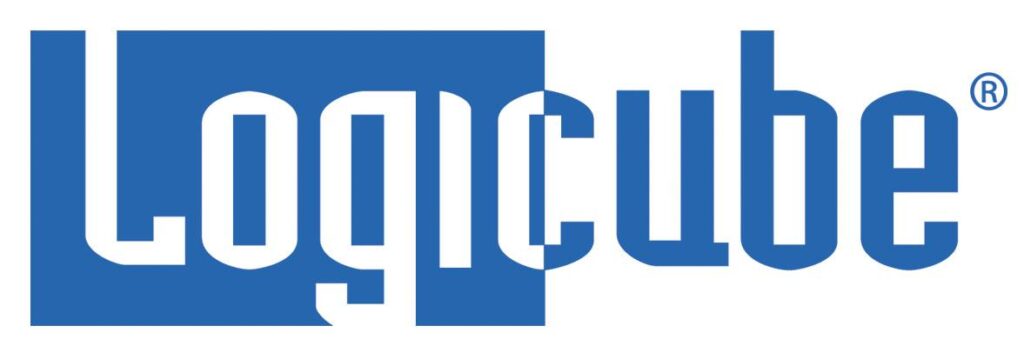In brief: The Open Interconnect Consortium (OIC) introduced a new, open source framework to connect billions of smart devices from a wide variety of vendors. But has the IoT standards horse already left the barn?
news
Android in the Coal Mine: Open Source, Patching and Internet of Things
In brief: Google’s decision not to patch a security hole in versions of Android used by hundreds of millions of consumers is a bad omen for the Internet of Things and will likely push some Android users to alternative versions of the operating system.
On the Internet of Things, Cheap may Cost You | VentureBeat
Venturebeat has a nice, contributed blog post by Michael Daly, of Raytheon on the lurking problem of device insecurity within the consumer Internet of Things. As Daly sees it, mass adoption of Internet of Things technologies seems destined to leave us with environments populated by low-cost and vulnerable devices whose makers don’t consider their wares valuable enough to maintain. From the article: “Offering a constant stream of security patches and updates to keep low-cost devices safe and functional for the long-term requires money. If vulnerabilities are discovered, patches or updates might be issued, but only in the first year or two. The vendor expectation is that users will need to buy a full replacement or live with the risks — not to mention that users are not very likely to manage patches and updates for non-critical devices.” In contrast to the kinds of managed networks we’re used to – with vendors […]
Sony: A Game Changer for Cyber Attribution
We’ve been writing a lot about the issue of cyber attribution in recent weeks, following the attack on Sony Pictures Entertainment in November. That incident has become something of a Rorschach Test for those in the information security field: revealing as much about the individual attempting to explain the Sony hack as about the attack itself. Rid and a Ph.D student, Ben Buchanan, have authored a paper in the Journal of Strategic Studies. In their paper, Rid and Buchanan note that one of the biggest challenges of cyber attribution: bridging the technical and political or cultural issues that often surround cyber attribution. As Rid notes: the individuals doing the basic forensic work on the incident may not have a grasp of the larger cultural or political issues at play. That’s a dynamic we’ve seen at play (in spades) in recent news about the hack of Sony Pictures. In this podcast, Rid […]
The Art of Stealing Terabytes | Digital Guardian
There are many superlatives to describe the hack of Sony Pictures Entertainment. It has been called the “worst” and “most destructive” hack of all time. It has been likened to a nuclear bomb. It has been called an act of cyber warfare. But, behind all the hyperbole, the Sony hack is just another hack – albeit a bad one. And like any other cyber crime, there are questions about the ‘whys’ and ‘how’s’ of the Sony hack that have yet to be answered to anyone’s satisfaction. Chief among them: how the attackers were able to sneak terabytes of data off of Sony’s corporate network without being noticed. [Read more Security Ledger coverage of the Sony Pictures Hack here.] The sad truth may be that making off with terabytes worth of data may be easier than you think. Like you, I found this notion preposterous. But an informal poll of respected security experts that […]






